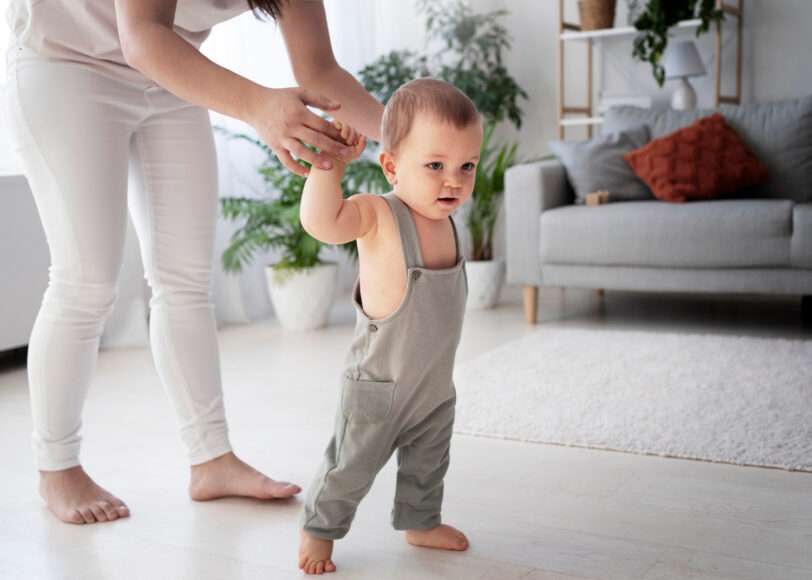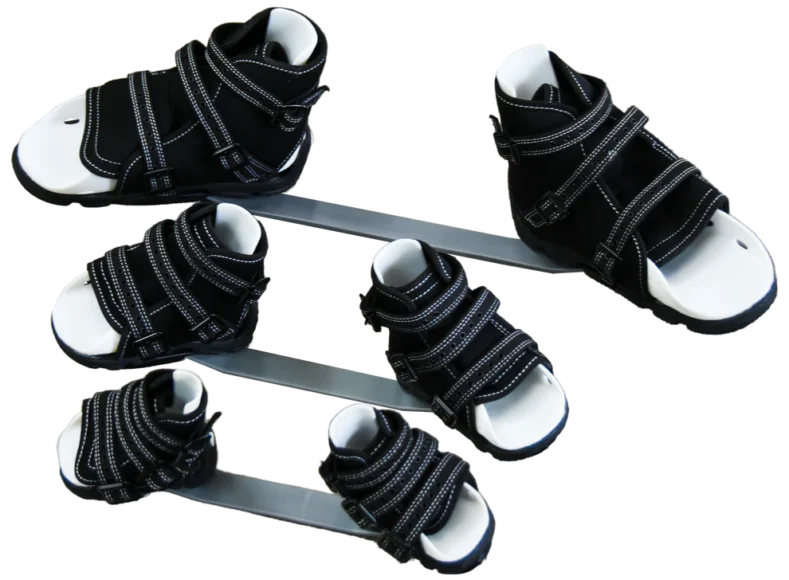

the chance to walk


Clubfoot Solutions That Move Lives – Discover the IOWA Brace
Welcome to ClubfootCare, your trusted destination for advanced clubfoot solutions. Designed with precision and backed by the pioneering work of IOWA University, our IOWA Clubfoot Brace empowers children with club foot to walk, run, and play freely.
We specialize in the globally acclaimed Ponseti Brace and a wide range of clubfoot brace shoes, including CTEV Shoes, Imported clubfoot braces, and friendly clubfoot braces that ensure gentle, effective correction.
Whether you’re a parent of a newborn or baby with clubfoot, or a medical professional looking for reliable clubfoot treatment options, we’re here for you.
Learn more About Us or Contact us today to get started on your child’s journey to mobility.

Vision
A Society free from clubfoot disability
Mission
Affordable Clubfoot Brace: The IOWA brace, the most effective solution for clubfoot, is now easily accessible and affordable through our online platform.
Enhanced Awareness: Offering comprehensive information on clubfoot to improve understanding, management, and outcomes.
Expert Care Access: Connecting patients with specialized doctors in their local area for expert diagnosis and treatment if needed.
Community Outreach: Raising awareness about clubfoot’s prevalence and the availability of affordable, effective treatments.
Our Partner

Testimonials
Explore our Shop to find:
- Club foot shoes for newborns
- Club foot shoes for babies
- CTEV Braces and accessories
Give your child the gift of movement!!!

Frequently Asked Questions (FAQs)
1. What is clubfoot Disease?
Clubfoot (medical name: congenital talipes equinovarus or CTEV) is a birth condition where one or both of a baby’s feet are twisted inward and downward. It affects muscle and bone development and can cause difficulty in walking if left untreated.
How many types of Clubfoot are there?
There are mainly two types of clubfoot:
- Idiopathic Clubfoot – Occurs in otherwise healthy babies and is the most common type.
- Secondary or Syndromic Clubfoot – Associated with other medical conditions such as spina bifida or muscular disorders.
Is Clubfoot Dangerous?
Clubfoot itself is not life-threatening, but if left untreated, it can lead to lifelong mobility issues, pain, and disability. Early treatment helps babies grow up to walk and run normally.
Is Clubfoot Curable?
Yes, clubfoot is highly treatable, especially when addressed early. The Ponseti method is the most effective treatment and has a success rate of over 90% when followed correctly.
How is Clubfoot Treated?
Clubfoot is typically treated using the Ponseti method, which involves gentle manipulation of the feet, serial casting, a minor surgical procedure (tenotomy), and long-term bracing with clubfoot shoes.
How to Wear Clubfoot Shoes?
Clubfoot shoes are worn with a brace (Ponseti or Iowa bar) that holds both feet at a set angle. The shoes must be firmly fastened with straps, ensuring the heel stays fully seated in the shoe. Follow your doctor’s fitting instructions carefully.
What is the Ponseti Method for Clubfoot?
The Ponseti method is a non-surgical clubfoot treatment involving a series of plaster casts to gently realign the foot, followed by a minor procedure and brace use to maintain correction. It is the global gold standard for clubfoot care.
What is the Purpose of a Clubfoot Brace?
A clubfoot brace keeps the baby’s feet in the corrected position after casting to prevent relapse. It consists of clubfoot shoes attached to a bar (abduction brace) and is worn for several years during sleep and naps.
How Long Should a Clubfoot Brace Be Worn?
Typically, the brace is worn full-time (23 hours/day) for the first 3 months after casting. After that, it is used during sleep (12–14 hours/day) until the child is 4–5 years old, based on the doctor’s recommendation.
